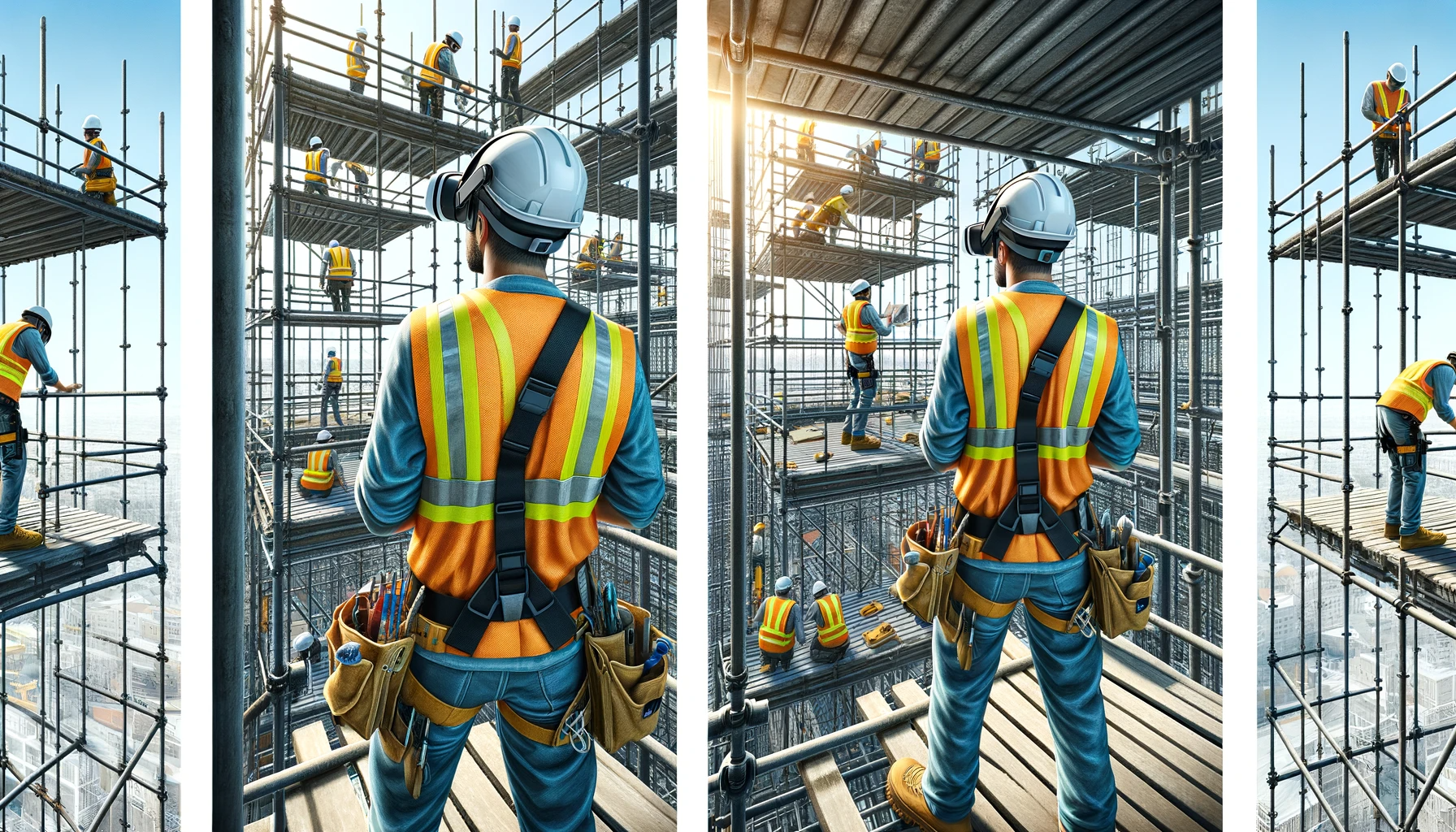Case studies
Client Profile
Le Sidobre Vocational High School is the only public educational establishment in the Tarn department specializing in training for the building trades. It offers its students a professional training program.
The school has modern buildings for both classrooms and practical vocational workshops. The courses are supervised by specialist teachers, the teaching facilities are customized to meet the requirements of the professional world, and the curriculum is adapted to the latest changes in the building trades. The building sector is at the heart of tomorrow’s challenges, and innovation is a daily occurrence.

Client Context
Bernard Durante, Professor of Civil Engineering Construction at Le Sidobre, discovered VR thanks to our production line control simulator at a secondary school in Castres. Interested in this tool, he very quickly saw the potential that such a solution could have for the building trades, and more particularly, for scaffolding safety training.
The main challenge was to create an immersive, interactive learning experience that would both educate and engage students while guaranteeing their safety.
Client Needs
Scaffolding training involves a number of issues. It’s a high-risk profession in which it’s important to adopt the right reflexes very quickly.
The trainees therefore needed a realistic environment that would enable them to learn without risk.
The advantages offered by virtual reality make this technology an ideal solution to this need. On the one hand, it offers the safety aspect that was required, but on the other hand, it also reduces to a large extent the technical, material, and financial limitations imposed on the trainer.
Finally, the proposed solution had to be intuitive and quick to learn. The trainer had to be able to develop familiarity quickly in order to develop interesting use cases. It also had to be easy for the learners to understand so that an entire class of students can efficiently work through the exercises.


Our Impact
Use Cases
There are three stages to scaffolding training: adopting the right reflexes and moving safely while on scaffolding, scaffolding erection, and accreditation.
Virtual Construct is involved in the first and third stages of training.
Adopting the right reflexes and moving safely while on scaffolding:
The first immersions will enable trainees to develop familiarity with this new environment and to identify people prone to vertigo. This is a very important aspect if we are to avoid situations where the learner remains frozen for several hours on the scaffolding because of fear.
This is why it is important that learners first discover a potential future working environment in virtual reality before experiencing it in the real world.
During this phase of exposure to scaffolding, the trainees will learn how to move around scaffolding in complete safety. These virtual simulations save a considerable amount of time in acquiring the right reflexes. Learners are soon able to climb onto real scaffolding without putting themselves in danger.
Accreditation on scaffolding:
In this part of the training, the fact that we can rely on virtual reality rehearsal is also a major advantage.
The scaffolding accreditation phase involves ensuring that the scaffolding is in order. The repeated immersive experiences that learners have will enable them to identify errors and risky situations much more quickly. As a result, they assimilate all the safety rules more quickly and are better able to apply them in real life.
Virtual reality also extends the range of possible scenarios.
“We can send learners to work on the 7th floor of a scaffold, for example, which would not be possible in real life.
Benefits & results
As part of the scaffolding training program, the use of VR in its program enabled a rapid acquisition of safety rules and an in-depth understanding of the work environment. Learners became more effective at spotting and correcting their mistakes, thus acquiring essential skills in a safe environment.
